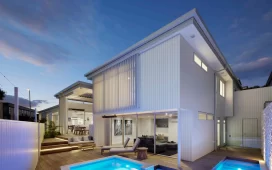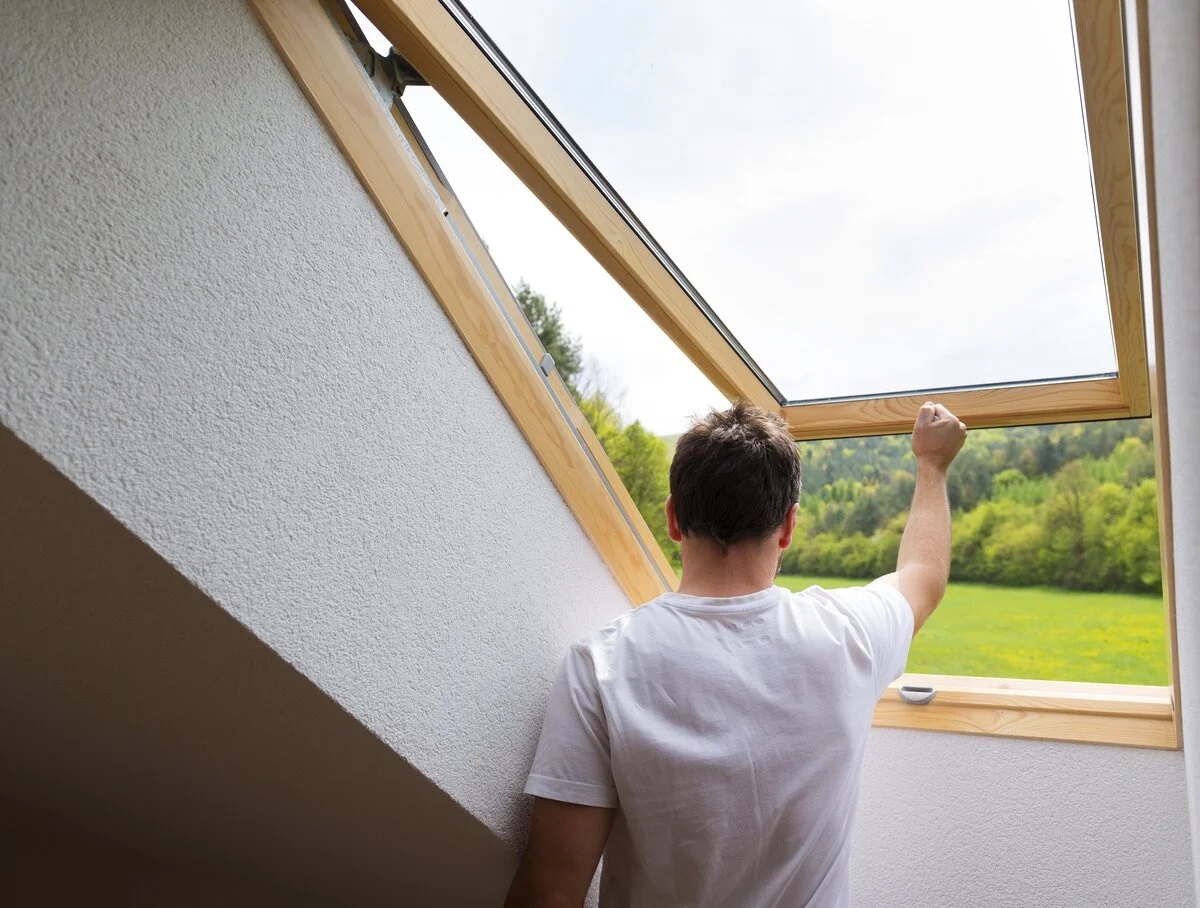In today’s highly competitive real estate market, making a lasting impression online is paramount. One of the most effective ways to captivate potential buyers and renters is through visually stunning property listings. A picture is worth a thousand words, and when it comes to real estate, it can also be worth thousands of dollars. In this article, we will delve into the art of crafting eye-catching real estate listings through essential photo editing techniques. Whether you’re a real estate agent, property owner, or photographer, these tips will help you showcase your property’s true potential.
Table of Contents
- Introduction
- The Importance of Visual Appeal in Real Estate
- Choosing the Right Photos
- Basic Photo Editing Tools for Beginners
- Advanced Editing Techniques for Professionals
- Enhancing Lighting and Color
- Perfecting Composition and Angles
- Removing Unwanted Objects
- Virtual Staging for Empty Spaces
- HDR Photography for Realism
- Balancing Realism and Enhancement
- Optimizing Images for Online Use
- Mobile-Friendly Listings
- Building Trust Through Consistency
- Conclusion
Introduction
In the digital age, potential buyers and renters often begin their property search online. The first impression they get from your listings can greatly influence their decision to explore a property further. To stand out in this competitive market, you need more than just standard photos. You need visually appealing, eye-catching images that draw viewers in and make them want to see more.
The Importance of Visual Appeal in Real Estate
When a property listing features captivating images, it not only attracts more attention but also conveys a sense of quality and care. It allows prospective buyers or renters to visualize themselves living in the space. Visual appeal is the key to making a property listing memorable and shareable.
Choosing the Right Photos
Before diving into the world of photo editing, start with selecting the right photos. High-resolution images that showcase the property’s best features are essential. Remember, quality over quantity is the rule here. It’s better to have a few outstanding photos than many mediocre ones.
Basic Photo Editing Tools for Beginners
If you’re new to photo editing, don’t worry. There are several user-friendly tools available that can help you enhance your images without a steep learning curve. Some popular options include Adobe Lightroom and Canva. These tools offer basic editing functions like cropping, brightness adjustment, and color correction.
Advanced Editing Techniques for Professionals
For those seeking to take their real estate photo editing to the next level, consider investing in more advanced software like Adobe Photoshop or specialized real estate photo editing software. These programs offer a wide range of features, including object removal, virtual staging, and advanced color grading.
Enhancing Lighting and Color
Proper lighting is crucial in real estate photography. Editing tools can help you balance exposure, adjust highlights and shadows, and enhance colors to make your images pop. The goal is to create a warm and inviting atmosphere that invites potential buyers in.
Perfecting Composition and Angles
Composition plays a vital role in showcasing a property’s best angles and features. Photo editing allows you to straighten horizons, correct perspective distortion, and crop images to create visually pleasing compositions.
Removing Unwanted Objects
Sometimes, there are distractions in your photos, such as unsightly power lines or clutter. Advanced editing tools can help you remove these distractions seamlessly, leaving a clean and polished image.
Virtual Staging for Empty Spaces
Virtual staging is a game-changer for vacant properties. With this technique, you can digitally furnish and decorate empty spaces, helping potential buyers envision the property’s potential.
HDR Photography for Realism
HDR (High Dynamic Range) photography involves blending multiple exposures to create a well-balanced image with detail in both highlights and shadows. This technique adds a touch of realism to your photos.
Balancing Realism and Enhancement
While enhancing your photos, it’s crucial to strike a balance between making the property look appealing and ensuring it still looks realistic. Overly edited images can lead to disappointment when viewers visit the property in person.
Optimizing Images for Online Use
Consider the platforms where you’ll be posting your listings. Images should be optimized for each platform’s requirements, ensuring they load quickly and look their best on both desktop and mobile devices.
Mobile-Friendly Listings
Given the prevalence of mobile browsing, make sure your listings are mobile-friendly. Mobile users should have a seamless experience viewing your property photos and details.
Building Trust Through Consistency
Consistency is key in real estate branding. Ensure that all your listings have a cohesive look and feel, from the style of editing to the layout of the descriptions.
Conclusion
In the competitive world of real estate, the power of a visually stunning listing cannot be overstated. By applying these photo editing techniques, you can transform your property listings into eye-catching masterpieces that attract and engage potential buyers and renters.
FAQs
- Can I use my smartphone for real estate photography?
- Yes, you can. Many smartphones offer excellent camera capabilities. Just make sure to follow good photography practices.
- How can I make my photos look more professional without extensive editing?
- Focus on proper lighting, composition, and angles during the photoshoot. Good photography can reduce the need for heavy editing.
- Is virtual staging expensive?
- Virtual staging costs vary but can be a cost-effective way to make empty spaces more appealing.
- What is the ideal image size for online listings?
- It depends on the platform, but generally, images should be between 1200 and 2000 pixels wide.
- How often should I update my property listings?
- It’s a good practice to update listings regularly, especially if the property has been on the market for a while. Fresh photos can generate renewed interest.












